Introduction:
Material UI is a popular open-source framework for building web applications. Built on top of React, it provides a set of pre-built and customizable components, including typography, forms, and icons. In Material UI, icons play a crucial role in designing visually appealing interfaces and enabling smooth user experience. With the recent release of Material UI V5, there have been significant changes in how icons are handled. In this article, I will explore the changes in Material UI V5 related to icons, their usage, customization, best practices in icon design, troubleshooting, and the future of icons in Material UI.
Material UI Icons in V5:
Installation process:
Before diving into the usage of icons in Material UI V5, let’s first understand the installation process. There are two ways to install Material UI icons:
- Using NPM/Yarn: Simply run the command
npm install @mui/icons-material to install the latest version of Material UI icons. - Using CDN: Add the following script tag in the HTML head section to include Material UI icons via CDN.
<link rel="stylesheet" href="https://fonts.googleapis.com/icon?family=Material+Icons">
Icon components:
Material UI V5 provides two types of icon components- SVG and Font Icon. SVG icons are vector-based and are more scalable than Font icons, which use a font file to display the icons. Both SVG and Font icons have their pros and cons, and the choice of using either one depends on the project’s requirements and individual preferences.
Usage:
Using Material UI icons in V5 is straightforward. You can import the icon, and simply adding it as a component within JSX. Let’s take the example of using the Add icon.
import AddIcon from '@mui/icons-material/Add';
const MyComponent = () => {
return (
<div>
<AddIcon />
<p>Add an Item</p>
</div>
);
};Styling and customization:
Material UI icons come with built-in styling and customization options. You can add styles to the icons by using CSS in JS or traditional CSS. Let’s take an example of using CSS in JS to style the color of the Add icon.
import AddIcon from '@mui/icons-material/Add';
import { makeStyles } from '@mui/icons-material/styles';
const useStyles = makeStyles((theme) => ({
root: {
'& > svg': {
fill: theme.palette.primary.main,
},
},
}));
const MyComponent = () => {
const classes = useStyles();
return (
<div className={classes.root}>
<AddIcon />
<p>Add an Item</p>
</div>
);
};Size and Color of Icons:
Size:
In Material UI V5, icons can have absolute or relative sizes. Absolute sizing is done by using the fontSize property to set the size of the icon. Relative sizing, on the other hand, uses the inherit value to inherit the font size of the parent element.
import AddIcon from '@mui/icons-material/Add';
const MyComponent = () => {
return (
<div>
<AddIcon style={{ fontSize: 24 }} />
<p>Large Add Icon</p>
<AddIcon style={{ fontSize: 'inherit' }} />
<p>Small Add Icon</p>
</div>
);
};Color:
Material UI V5 provides several ways to set the color of icons. You can use primary and secondary colors, use the color property to set a custom color, or use the className or classes` to apply custom styles.
import AddIcon from '@mui/icons-material/Add';
import { makeStyles } from '@mui/material/styles';
const useStyles = makeStyles((theme) => ({
root: {
'& > svg': {
color: 'red',
},
},
}));
const MyComponent = () => {
const classes = useStyles();
return (
<div>
<AddIcon style={{ color: 'blue' }} />
<p>Blue Add Icon</p>
<AddIcon color="secondary" />
<p>Secondary Colored Add Icon</p>
<AddIcon className={classes.root} />
<p>Custom Styled Add Icon</p>
</div>
);
};Responsiveness in Material UI Icons:
Techniques to improve responsiveness:
Responsive icons can enhance the user experience in different devices and viewing contexts. Material UI V5 provides several ways to improve icon responsiveness, such as using media queries or dynamic resizing. Media queries are a standard mechanism for responsive design, where styles are applied based on the device’s screen size. You can also use dynamic resizing based on CSS viewport units to resize the icons based on the screen’s size.
import AddIcon from '@mui/icons-material/Add';
import './styles.css';
const MyComponent = () => {
return (
<div>
<div className="large-icon">
<AddIcon />
<p>Large Add Icon</p>
</div>
<div className="medium-icon">
<AddIcon />
<p>Medium Add Icon</p>
</div>
<div className="small-icon">
<AddIcon />
<p>Small Add Icon</p>
</div>
</div>
);
};Icon Design Guidelines:
Best practices in icon design:
Icons are a fundamental part of any visual language, and a well-designed icon can improve the user experience of an application. Here are some best practices for designing effective icons:
- Keep it simple: Use simple shapes, avoid clutter, and focus on conveying a single idea per icon.
- Be consistent: Use consistent shapes, styles, and color schemes to create a cohesive visual language.
- Test it out: Get feedback from users and perform usability testing to ensure the icons are understandable and usable.
Tips for creating effective icons:
- Use metaphors: Use familiar objects or concepts to represent ideas or actions.
- Use negative space: Utilize negative space to add visual interest and help convey the icon’s meaning.
- Be mindful of cultural differences: Consider cultural differences in icon design, as different cultures may interpret icons differently based on their customs, values, and beliefs.
Consistency in icon design:
Consistency is a vital aspect of icon design in Material UI. Consistent design across all icons creates a unified visual language, making it easier for users to recognize and interact with the icons. You can maintain consistency by using the same shape, color scheme, and style throughout the app.
Combining Material UI Icons:
Icon composition:
In some cases, a single icon might not be enough to convey an idea or action; using a combination of icons
can be more effective. Material UI icons can be combined to create complex, but understandable, visual representations. Let’s take an example of combining the Add and Delete icons to represent the functionality for adding and removing items.
import AddIcon from '@material-ui/icons/Add';
import DeleteIcon from '@material-ui/icons/Delete';
import './styles.css';
const MyComponent = () => {
return (
<div>
<div className="add-delete-icon">
<AddIcon />
<DeleteIcon />
<p>Add or Delete Item</p>
</div>
</div>
);
};Importance of context when combining icons:
When combining icons, it’s essential to consider the context in which they are used. The combination of icons should be intuitive and easy to understand, even for first-time users. You can achieve this by using familiar icons, using consistent color schemes and styles, and testing the icons with users.
Troubleshooting Material UI Icons:
Common issues with Material UI icons:
- The icons not displaying correctly: This can be caused by incorrect installation or issues with the version of Material UI icons used.
- The icons not responsive: This can be caused by issues with CSS or missing responsive design techniques.
Solutions to common issues:
- Ensure proper installation of Material UI icons, and use the latest version.
- Always test the icons on different devices and screen sizes to ensure responsiveness.
- Use responsive design techniques like media queries and dynamic resizing to improve responsiveness.
Conclusion:
Icons are an integral part of designing visually appealing interfaces and providing a smooth user experience in web applications. With Material UI V5, there have been significant changes in how icons are handled, making them more flexible and customizable than ever before. In this article, we have explored the changes in Material UI V5 related to icons, their usage, customization, best practices in icon design, troubleshooting, and the future of icons in Material UI. By following the guidelines and techniques presented in this article, you can create effective and visually appealing icons that enhance the user experience of your application.
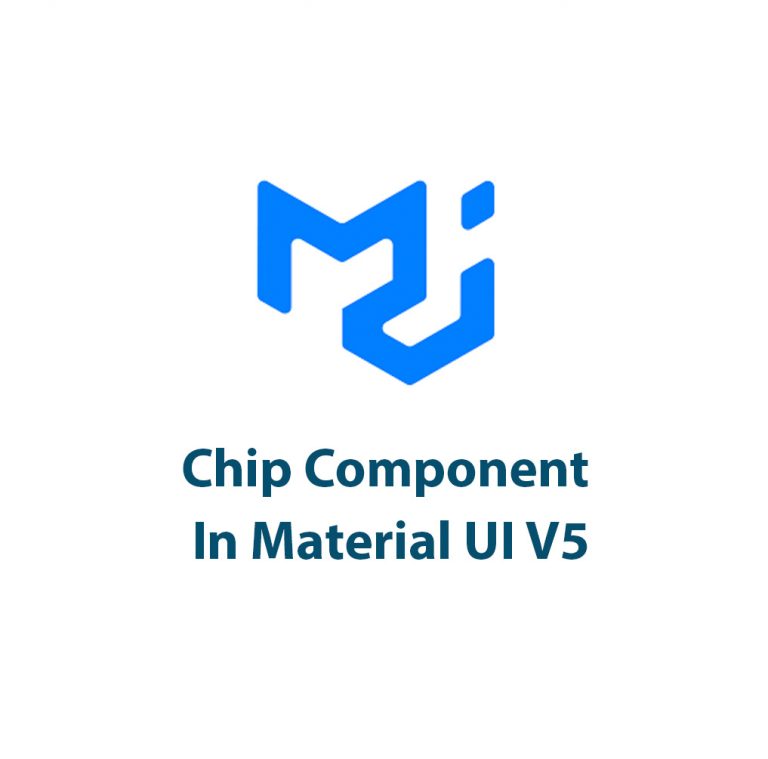
Chip Component In Material UI V5
As a web developer, I’m always on the lookout for new and improved tools and frameworks to make my life easier. And one of the tools that has been a staple in my toolkit is Material UI. If you’re not familiar with Material UI, it is a library that provides pre-built UI components for web […]
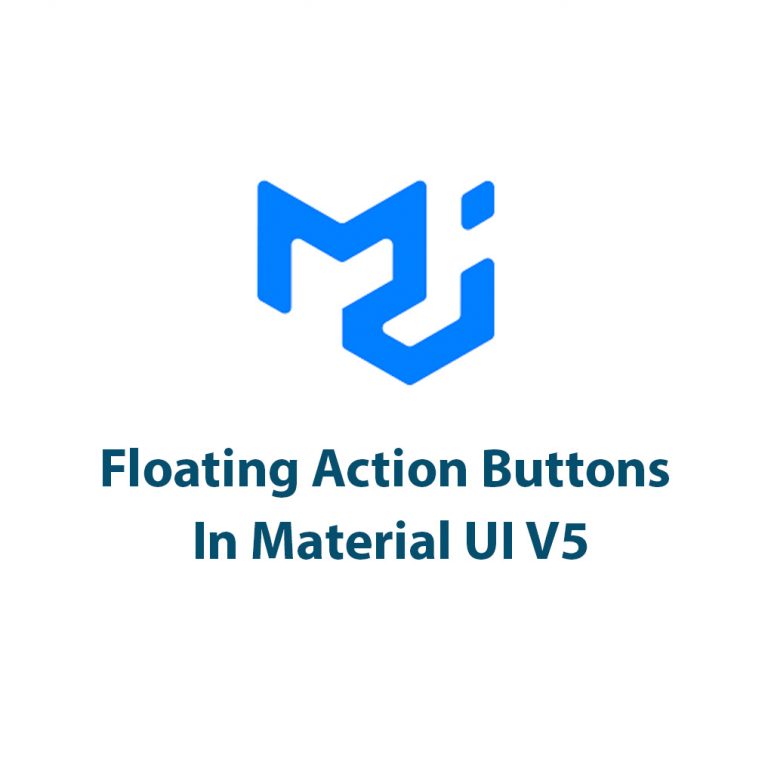
Floating Action Buttons In Material UI V5
Introduction Hey there fellow developers! Have you ever wanted to create a floating action button that seamlessly integrates with your project’s design? Well, look no further than Material UI V5 floating action buttons! Floating action buttons, or FABs, have become a popular design element in web design due to their ease of use and functionality. […]
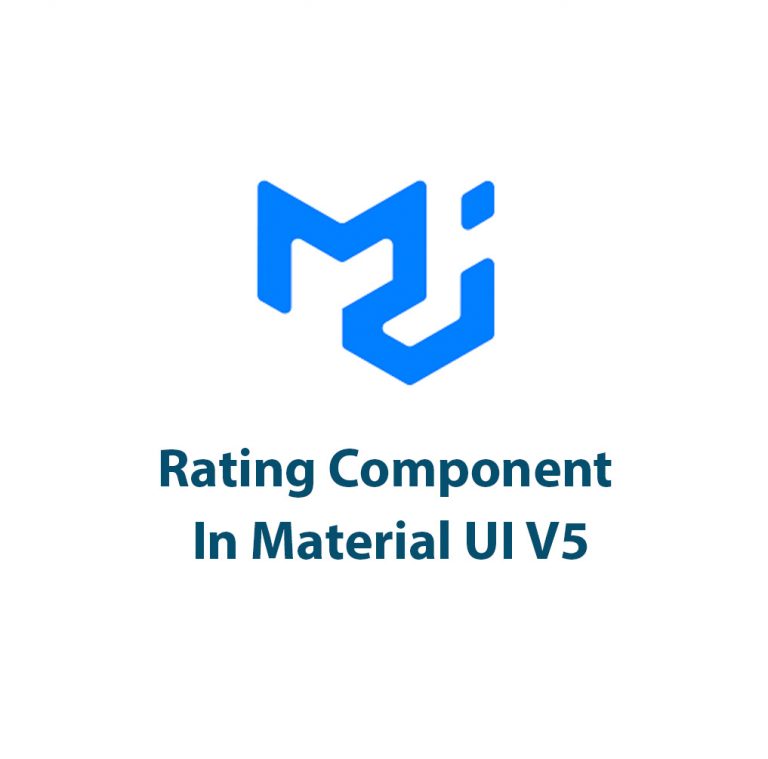
Rating Component In Material UI V5
Hello and welcome to this exciting article about the Rating Component in Material UI V5! As a web developer, I have come to really appreciate the simplicity and flexibility that this UI library provides, especially when it comes to components that add interactivity to user interfaces. In this article, I’m going to walk you through […]
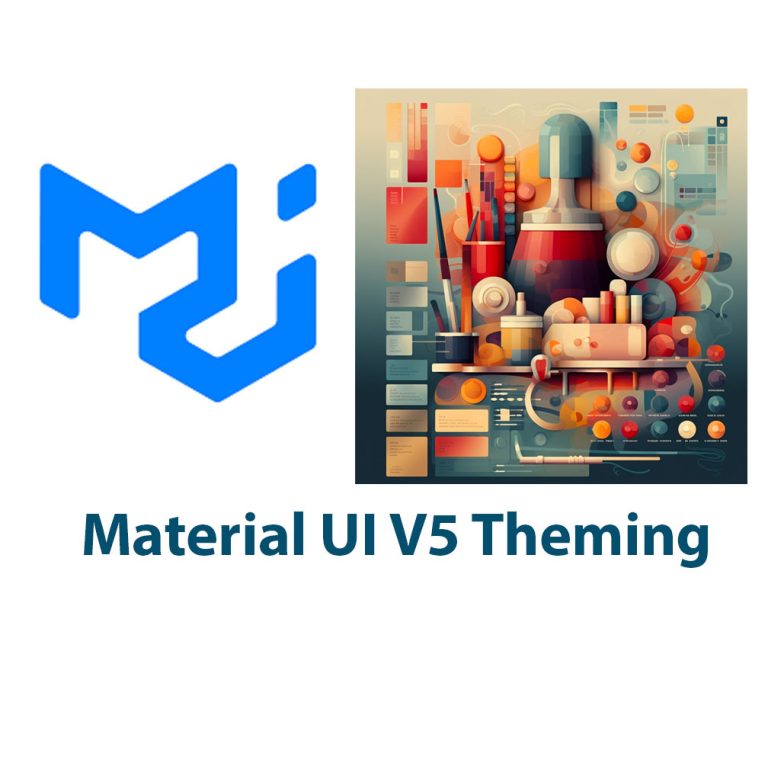
Material UI V5 Theming
Introduction: Popular React UI framework Material UI provides a large selection of pre-built components to easily build responsive user interfaces. The library’s design approach, which is based on Google’s Material Design principles, has helped it become more well-liked among developers. The design framework of Material UI is crucial to the creation of user interfaces since […]
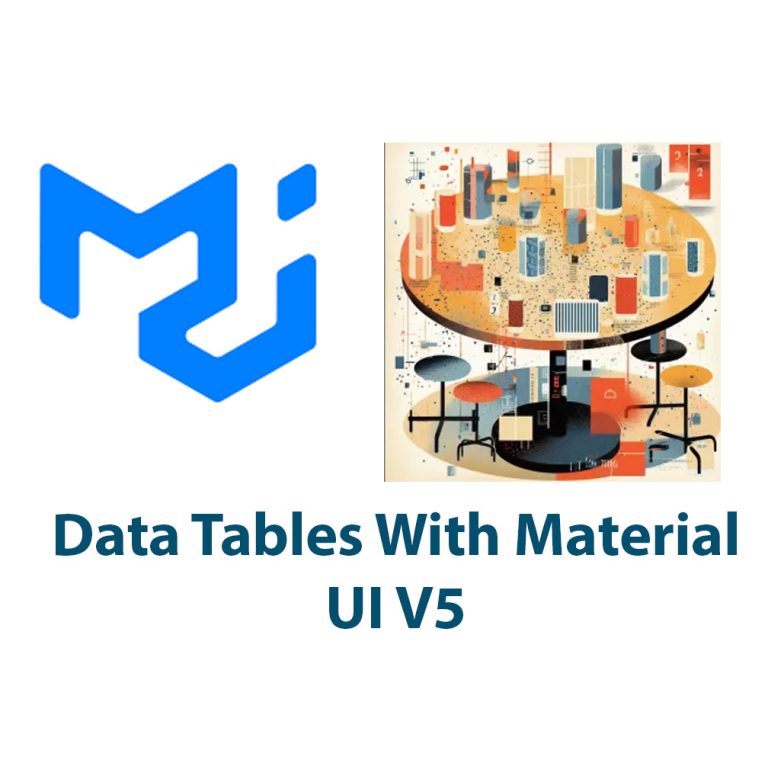
Datatables With Material V5
Introduction Material UI V5 is a popular, open-source library that provides pre-built UI components, themes, and styles for building user interfaces with React. Data tables are a common component used in web development to display data in a tabular format. In this article, I’ll show you how to use Material UI V5 to create stylish […]
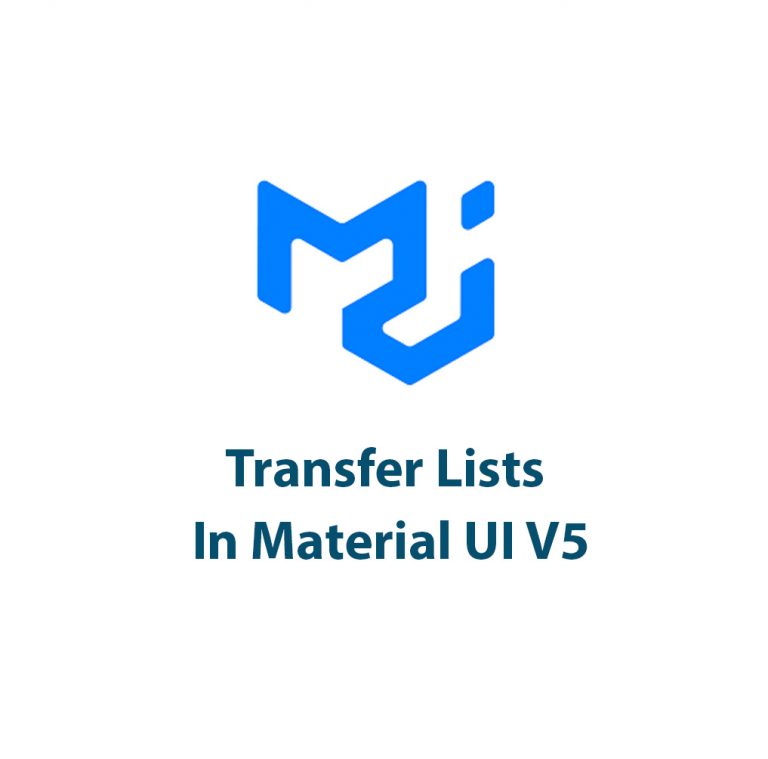
Transfer Lists In Material UI V5
Introduction I remember the first time I stumbled upon transfer lists while working on a project. I was perplexed by the concept, but as I delved deeper, I realized the tremendous benefits of using transfer lists in web development. With the release of Material UI v5, the developers have made it even easier to incorporate […]
